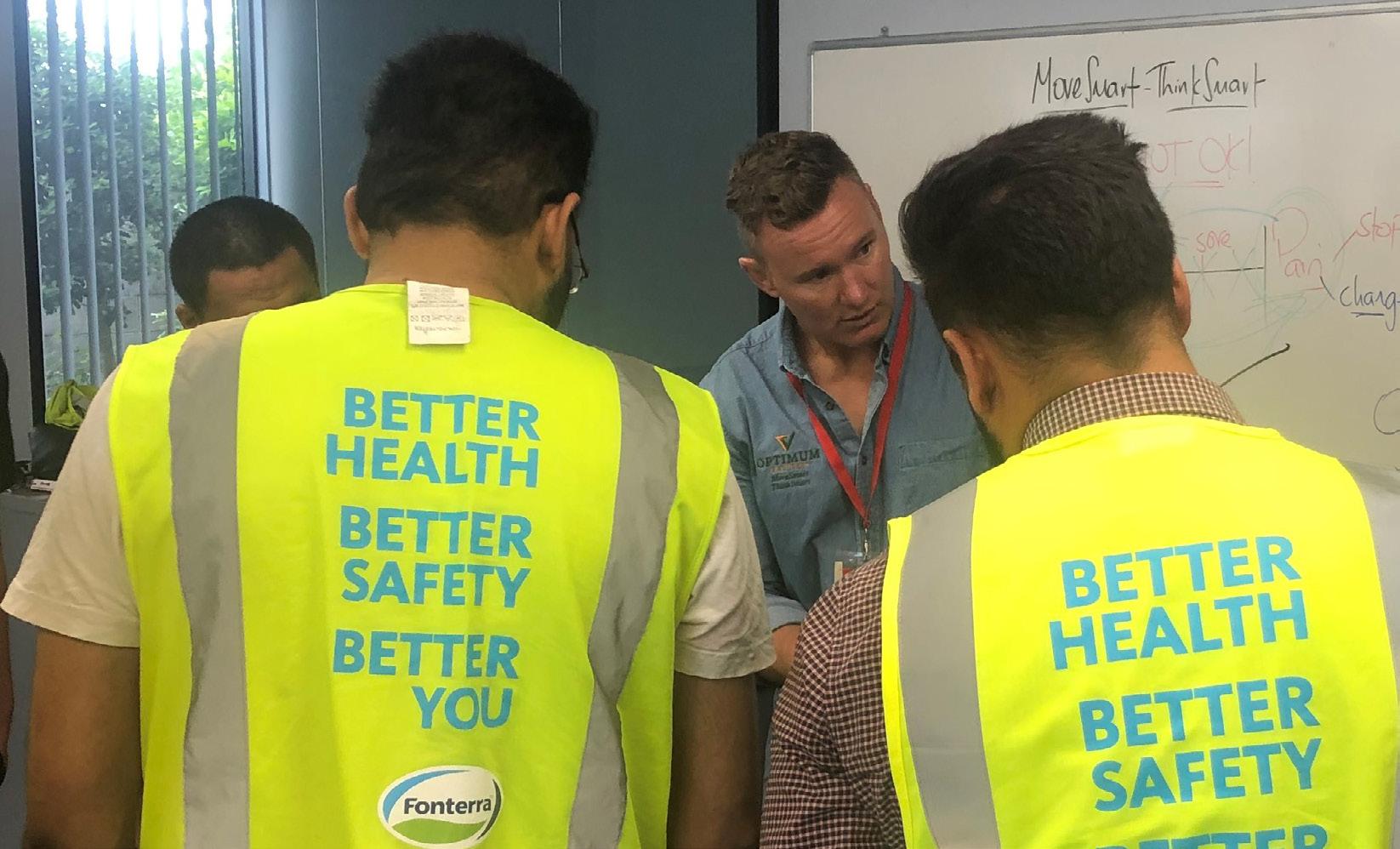April-May 2021
A major step in the right direction for used tyres Golden Bay Cement has spent $25 million in a project to use shredded tyres in the cement manufacturing process, saving from landfill about half of the 6.3 million used tyres New Zealand generates each year
WASTE MANAGEMENT
M
inister for the Environment David Parker called the project a win, win, win at the opening ceremony in March. The government provided $16 million of the project cost. “This innovative project . . . reduces a significant waste problem, reuses a valuable resource, and reduces carbon emissions by about
13,000 tonnes a year,” he says. Fletcher Building Chief Executive Officer Ross Taylor calls it a landmark sustainability project for manufacturing in New Zealand. Golden Bay Cement is a Fletcher Building subsidiary. “There are no other large industries in New Zealand that can readily or cleanly
Tightly controlled emissions Cement is a fine grey powder largely made from limestone and typically used to bind or harden materials together. Concrete is made from cement, aggregates (crushed stone/gravel) and water. Portland Cement is the most common type of cement used around the world and is made by heating finely ground raw materials, typically clays and limestone, to extremely high temperatures in a cement kiln. After being heated to extremely high temperatures, these materials form small balls called “clinker”, which are very finely ground with gypsum and limestone to produce Portland Cement. Because the tyres at Golden Bay are combusted at very high temperatures, they are completely consumed; the rubber, metal and any ash are combined into the cement. There will be no black smoke or physical waste. The gases released are essentially the same as for coal: carbon dioxide and water with minor amounts of carbon monoxide and other gases and trace quantities of heavy metals. About two thirds of the carbon emissions are released by the raw materials as they are converted into Calcium Oxide, the active ingredient of Portland Cement. Thirty percent of carbon emissions come from the fuels (coal, biomass and tyres) used to heat the cement kiln to the very high temperatures needed for this process. The remaining carbon emissions come from electricity generation. 36
safetynews.co.nz
infrastructurenews.co.nz propertyandbuild.com
consume the volume of waste tyres as can our Portland cement plant. “Climate change is an urgent, global priority. The building and materials sector has an important role to play by changing the way that it designs, builds, sources, and manufactures the building materials used in the construction process. “We are serious about transforming our business around sustainability to do our part in creating a sustainable future and reducing our carbon emissions.” Fletcher Building has a verified science-based target to reduce its emissions by 30 percent by 2030.
“Using end-of-life tyres in cement manufacturing helps to solve a significant waste problem in New Zealand as well as improve the sustainability of a key building material. The commissioning of the process also provides a significant commercial and competitive win for the company. Tyres are combusted at around 1,400°C and the rubber, metal and any ash are combined into the cement. It reduces the company’s yearly use of coal for its kilns by 15 percent and the use of iron sands by 5,000 tonnes. Golden Bay is the only


















